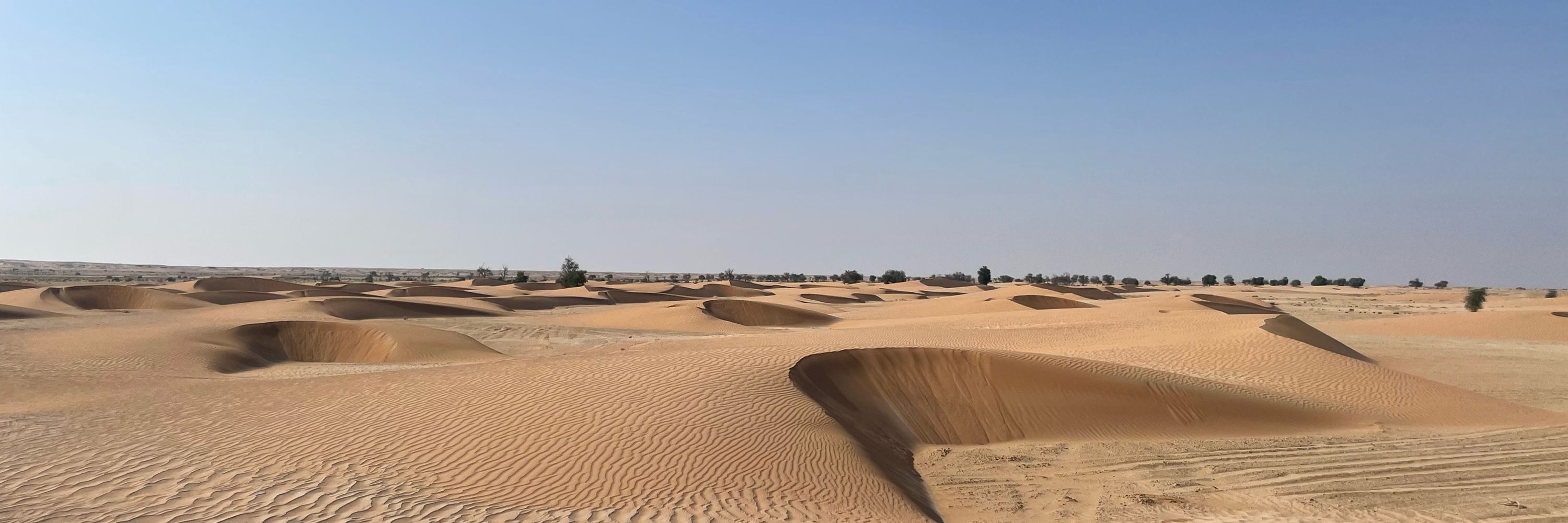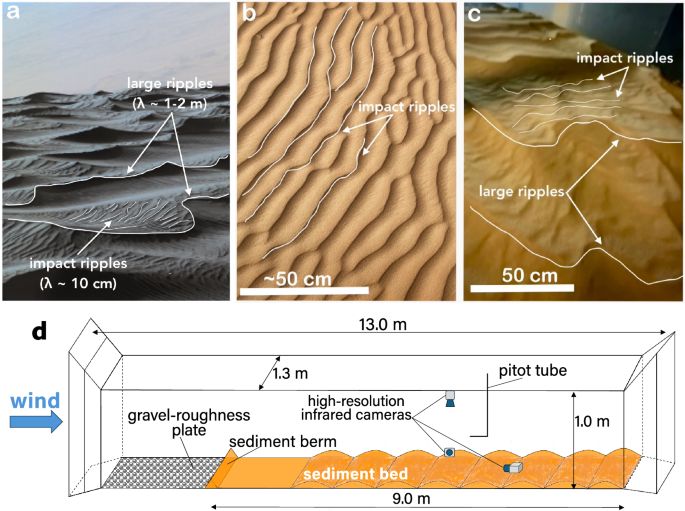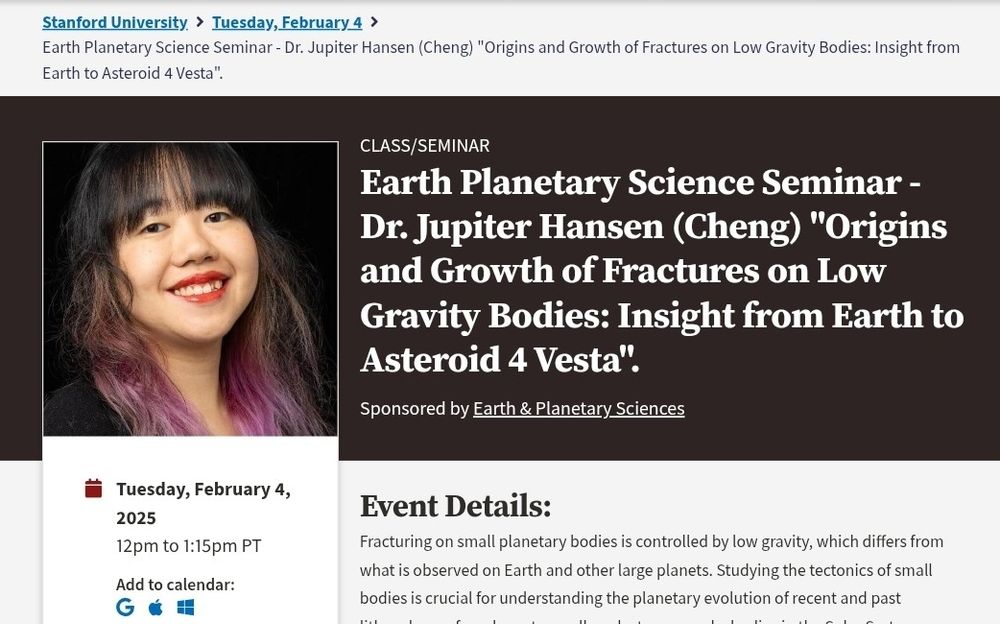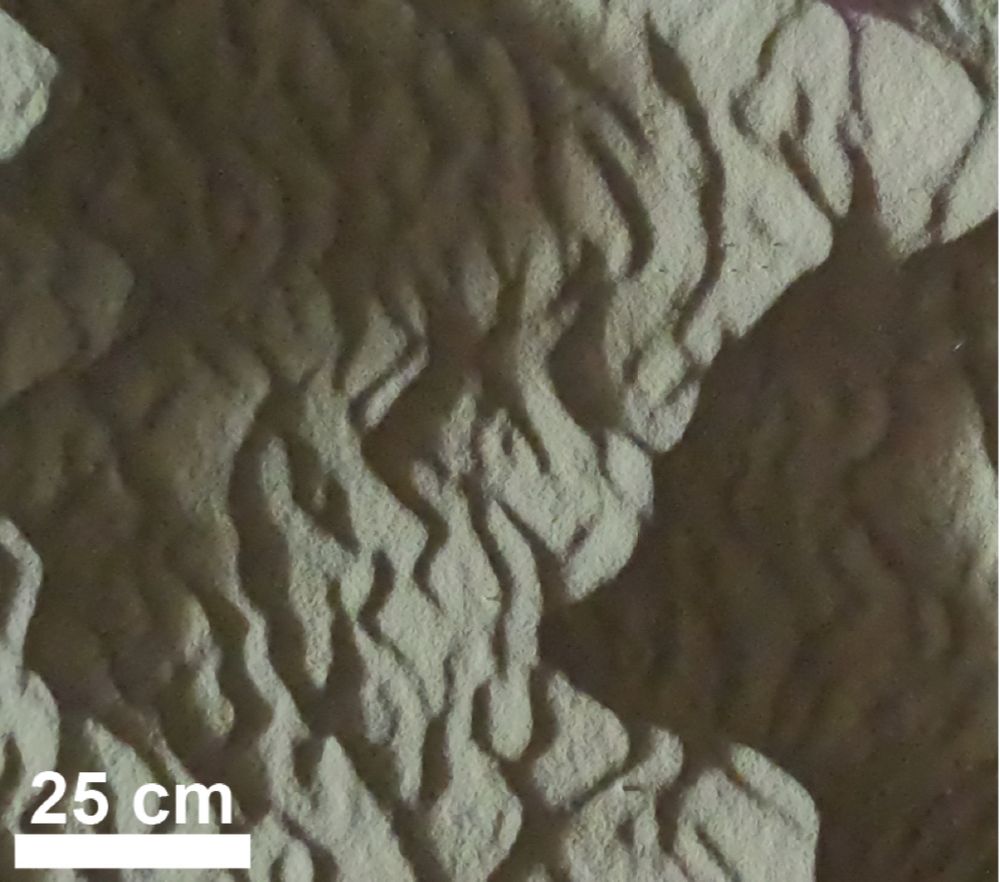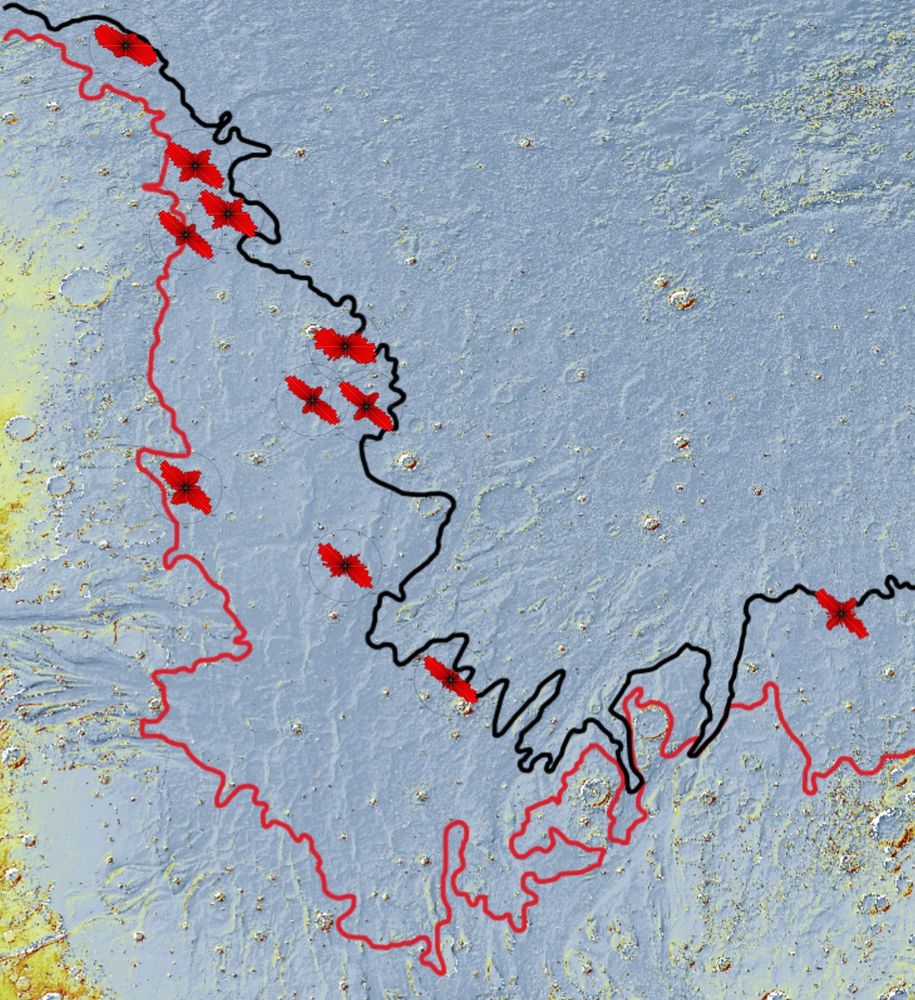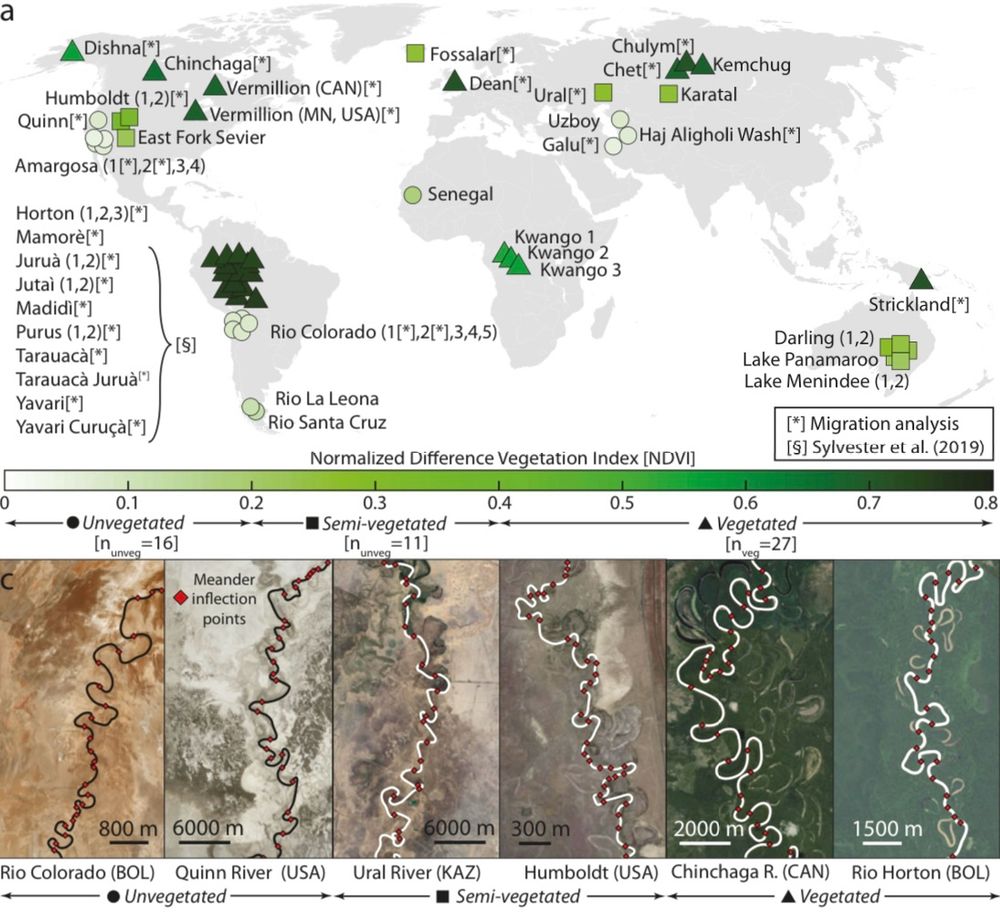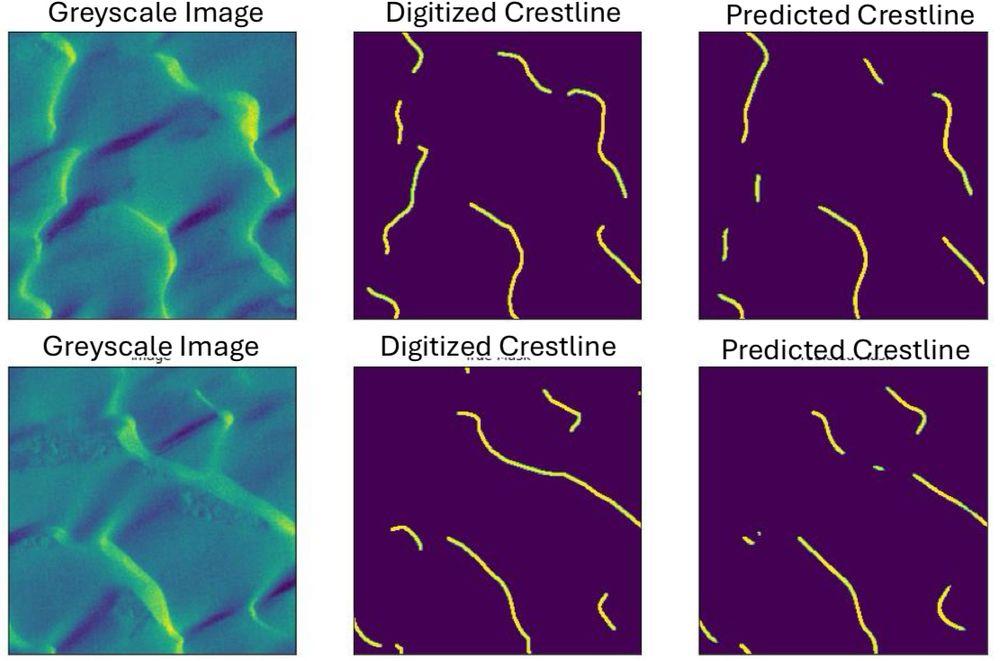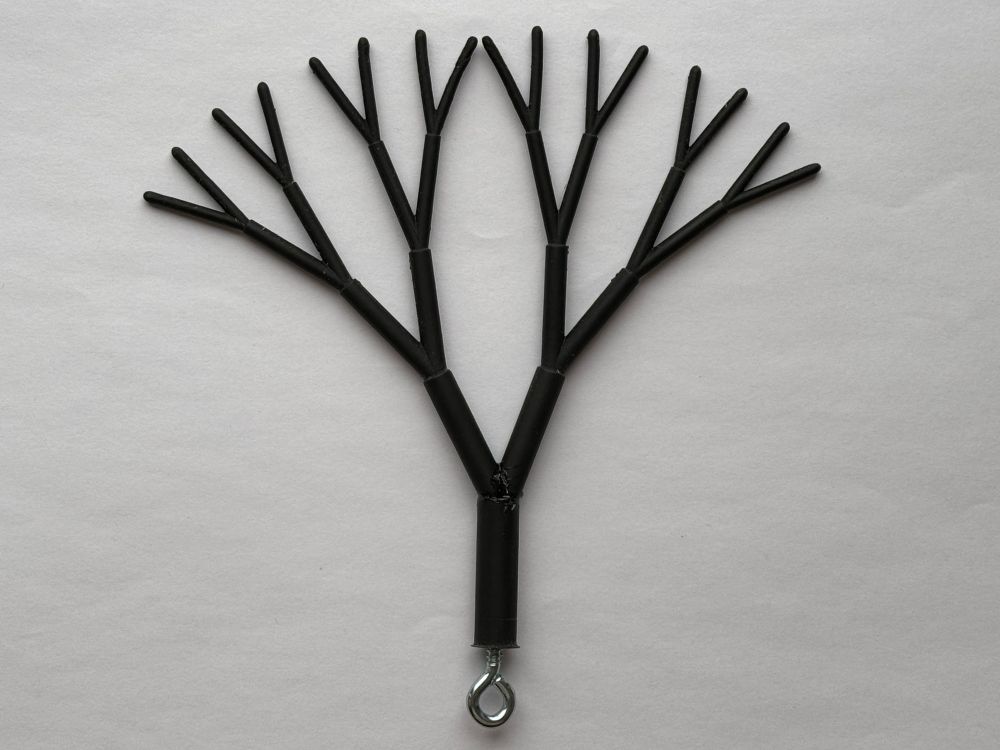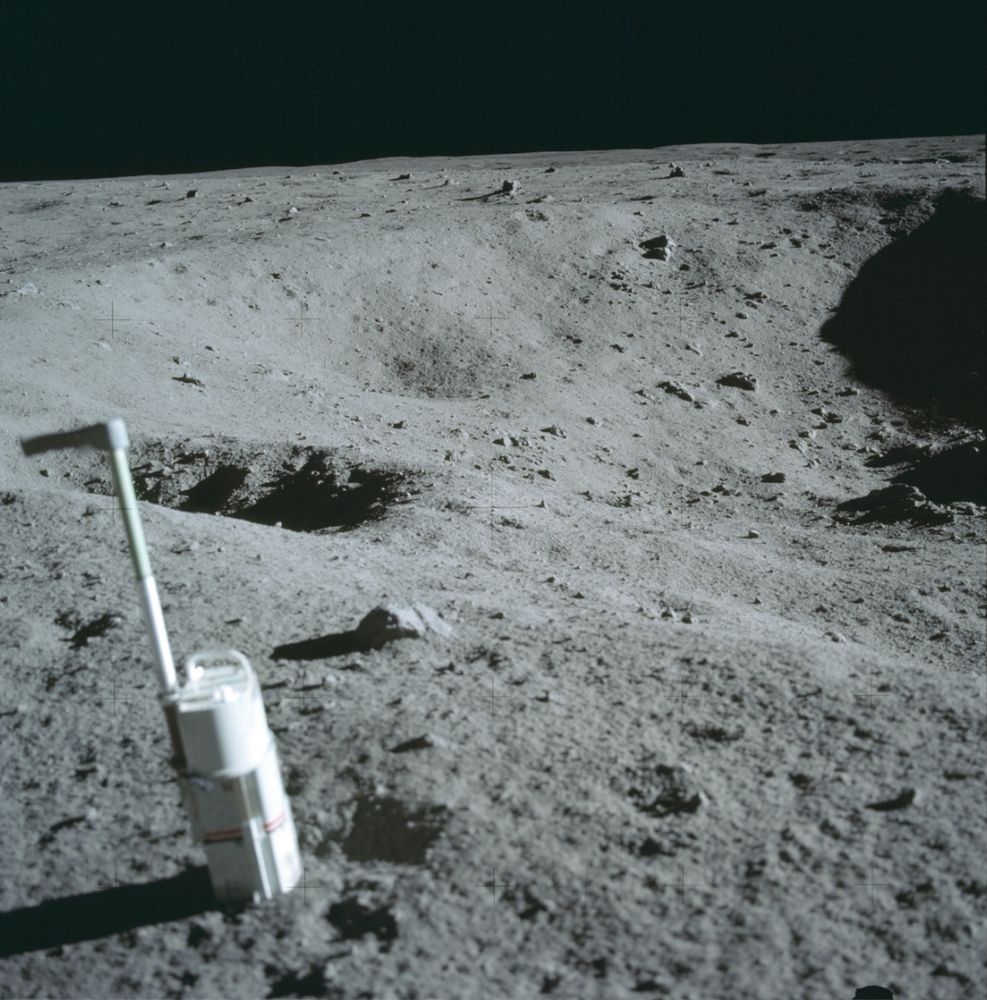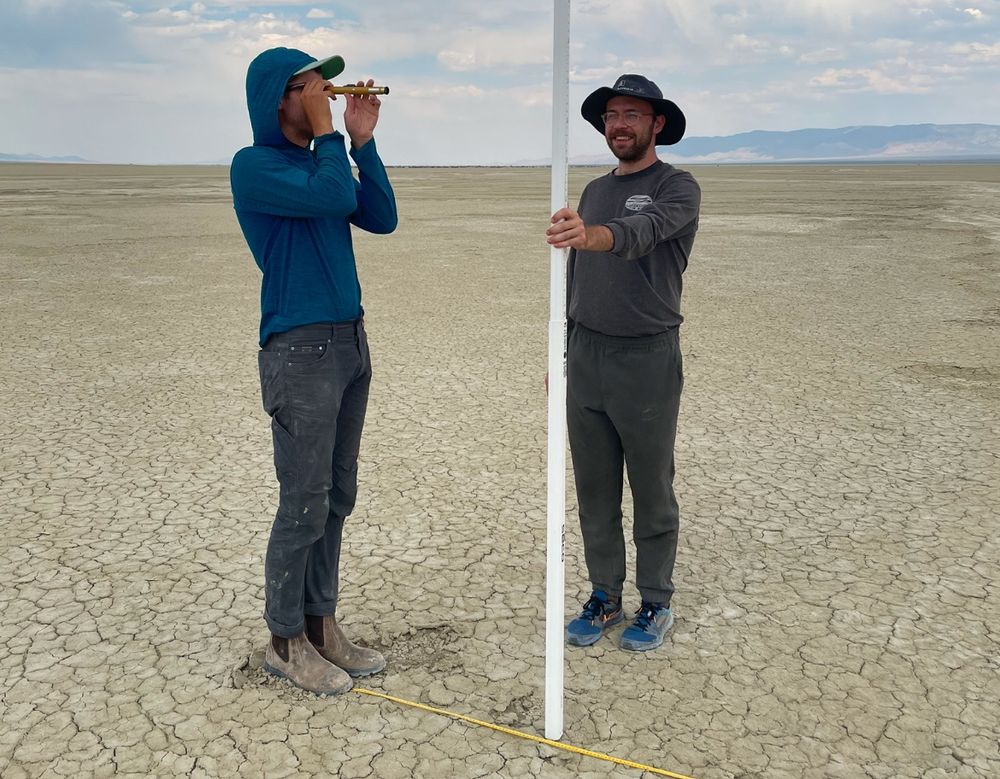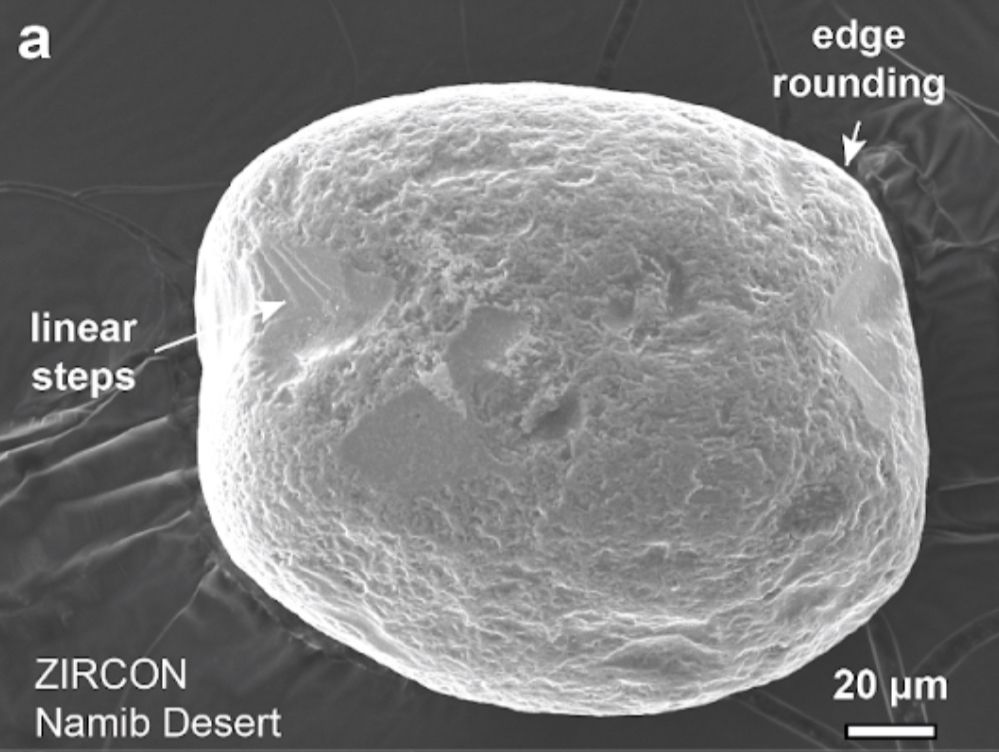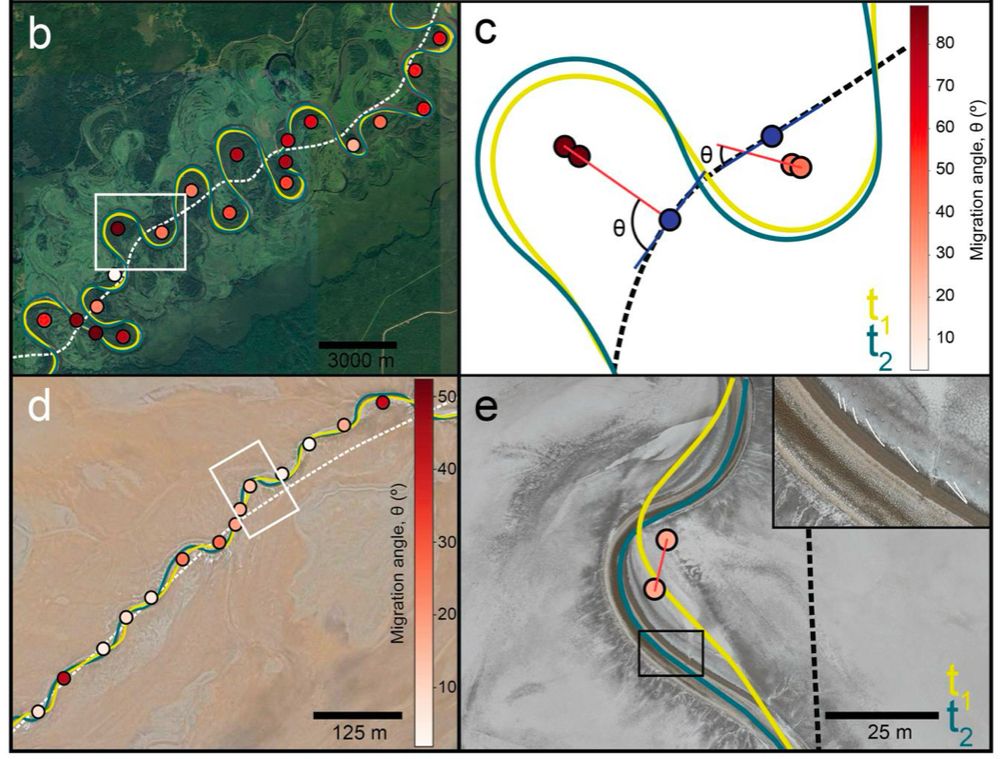Mathieu Lapôtre
@marslogander.bsky.social
200 followers
200 following
73 posts
Assistant Prof @ Stanford, Planetary Geologist. I study planetary surface processes and what they can tell us about hydrology, climate, and habitability. 🏳️🌈
http://epsp.stanford.edu
Posts
Media
Videos
Starter Packs
Reposted by Mathieu Lapôtre
Mathieu Lapôtre
@marslogander.bsky.social
· Aug 22
Mathieu Lapôtre
@marslogander.bsky.social
· Aug 22

Vegetation changes the trajectory of river bends
A primary axiom in geoscience is that the evolution of plants drove global changes in river dynamics. Notably, the apparent sinuosity of rivers, derived from the variance of sediment accretion directi...
doi.org
Reposted by Mathieu Lapôtre
Mathieu Lapôtre
@marslogander.bsky.social
· Mar 27
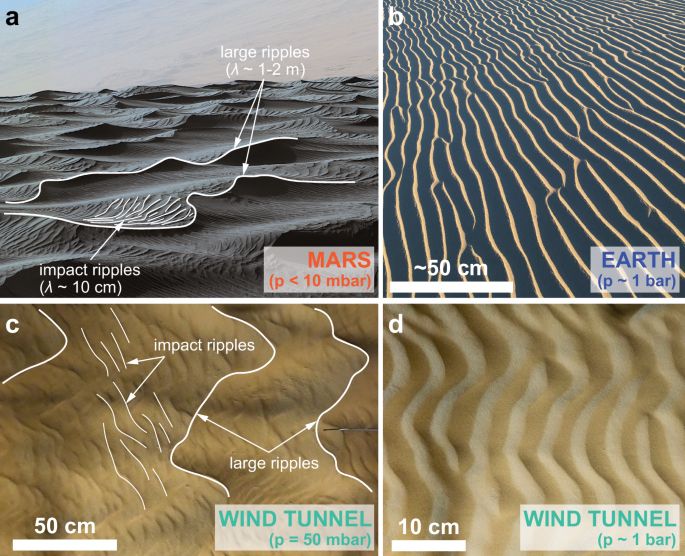
Ripples formed in low-pressure wind tunnels suggest Mars’s large windblown ripples are not impact ripples - Nature Communications
Low-pressure wind tunnel experiments suggest that large sand ripples on Mars are drag ripples, not impact ripples. Windblown drag ripples constitute an untapped record of atmospheric evolution under t...
www.nature.com
Reposted by Mathieu Lapôtre
Mathieu Lapôtre
@marslogander.bsky.social
· Jan 16
Mathieu Lapôtre
@marslogander.bsky.social
· Dec 10
Mathieu Lapôtre
@marslogander.bsky.social
· Feb 26
Mathieu Lapôtre
@marslogander.bsky.social
· Feb 26
